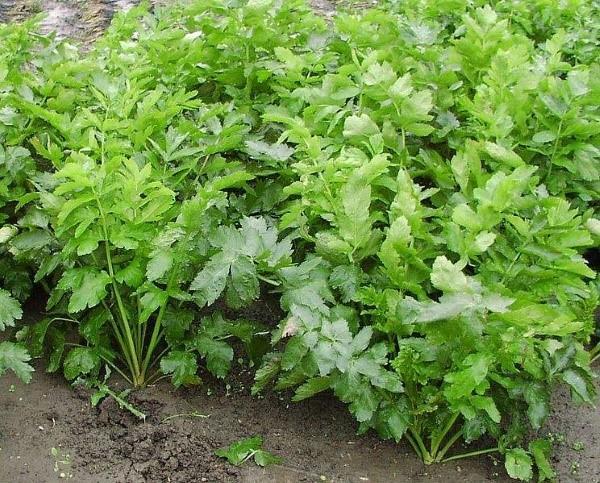How to care for parsnips to grow beautiful and large root vegetables
 Not all gardeners undertake to grow parsnips and it is completely in vain. There is nothing difficult in how to care for parsnips in the beds. This culture is absolutely not capricious, moreover, it has high frost resistance. The only thing you need to be prepared for is to “forget” about crops for a month. Parsnip seeds, although large, which makes planting easier, but germinate for a very long time. The reason for this is the high content of essential oils.
Not all gardeners undertake to grow parsnips and it is completely in vain. There is nothing difficult in how to care for parsnips in the beds. This culture is absolutely not capricious, moreover, it has high frost resistance. The only thing you need to be prepared for is to “forget” about crops for a month. Parsnip seeds, although large, which makes planting easier, but germinate for a very long time. The reason for this is the high content of essential oils.
However, after germination, the plants develop well and quickly. If you pay a little attention to them, the seedlings by the end of the season will delight you with large, even and fragrant root crops. What do you need to know and do to get a good harvest of parsnips?
Parsnips are popularly called white carrots, and indeed its fruits are very similar to carrots - "overgrown". But these two vegetables absolutely cannot be confused: parsnips have white fruits with a yellowish porous flesh. In addition, they have a pleasant spicy smell and sweetish taste.
How to care for parsnips
Parsnips are sown early, as soon as the ground warms up. At the first stage, the main thing will be to prevent the beds from overgrowing with weeds, because they drown out the young seedlings. It is better to weed by hand, and when the bushes grow up, you can gently loosen with a hoe. The crust in the bed will prevent air from entering and the formation of even fruits.
Parsnips should be grown on loose and fertile soil. However, organic matter should not be introduced in the year of planting. This must be done in the fall, for digging, so that the fertilizer has time to decompose.
Parsnip care is generally minimal and includes the following activities:
- Regular watering, especially when fruits are forming. If there is little moisture, the bushes will go into the arrow, and the roots will become tough, fibrous and cracked. But you can't fill the beds either, because the parsnip will start to hurt from excess moisture.
- Loosening row spacings after every watering and rain.
- If the soil is poor and has not been fertilized before planting, the beds should be fertilized at least 4 times per season. The first two dressings - infusion of mullein... From the second half of July, potassium-phosphorus preparations should be made twice with a break of 3 weeks.
On fertile land, parsnips will grow without additional feeding.
Harvesting and storage of crops
It is best to start digging up root crops in October. Then the maximum sugar content will accumulate in them, and the pulp will be sweeter. It is convenient to dig out the fruits with a pitchfork - this way there is less risk of damaging them.
The culture should be harvested with gloves, because the tops leave burns.
You can store parsnips in the same way as carrots in the cellar in boxes of sand. But they will not be able to lie there for a long time, since they become soft during the winter. You can even leave the parsnips for the winter outdoors if the winters are usually warm. Also, the fruits can be crushed and frozen or dried.